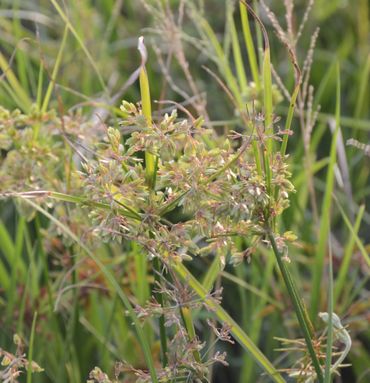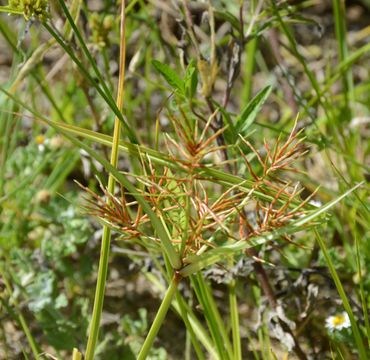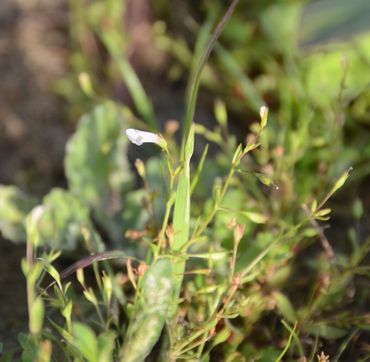
Sedges and yellowseed false pimpernel discovered on Aruba
Wageningen Environmental Research, Wageningen University & ResearchThe plants were found closely together in a tanki, a dug-out pool where rainwater is collected to use during the dry season. Two species are new to the Dutch Caribbean islands. The third was for the Dutch Caribbean so far only known on the Windward islands.
Sedges and yellowseed false pimpernel
It concerns two sedges, a group 
Terrestrial nature
Although these species are new to the ABC islands, it does not necessarily mean that they are rare. Erik Houtepen: "It is likely that these species are spread by waterbirds and that they easily establish in new places. They may also grow along other freshwater pools in Aruba or Curaçao." John Janssen: "We started catching up a few years ago, to build up knowledge about the flora and vegetation of the islands, because the research by Wageningen University & Research is strongly focused on marine nature of the Caribbean. The new findings illustrate the knowledge gaps that still exist for terrestrial nature in the Caribbean part of the Kingdom of The Netherlands."
Vegetation and flora monitoring

Text: Wageningen Environmental Research
Photo's: John Janssen

